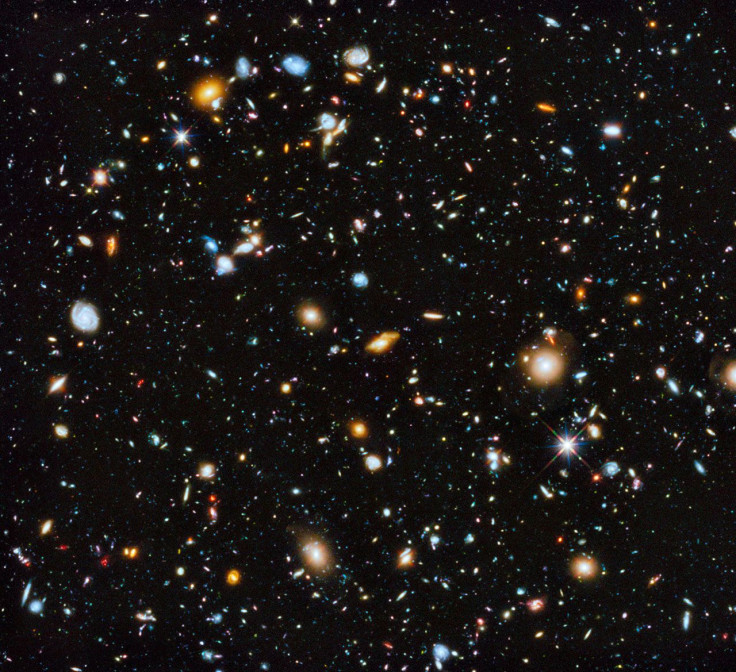Hubble Space Telescope Captures 10,000 Galaxies In ‘Most Comprehensive’ Image Of Early Universe [PHOTO]
The Hubble Space Telescope is able to observe the early universe in visible, near-infrared and ultraviolet light. Using the entire spectrum, Hubble was able to capture a new image that contains 10,000 galaxies and is the most comprehensive photo of the early universe to date.

According to the Hubble press release, star formation in the early universe, approximately 5 to 10 billion light-years away from Earth, has been difficult to observe as these incredibly hot, massive stars emit light in the ultraviolet spectrum. As part of the Ultraviolet Coverage of the Hubble Ultra Deep Field (UVUDF) project, the space telescope was able to observe galaxies in the early universe in unprecedented detail. As noted by the European Space Agency, the ultraviolet observations will lead to new insights on star and galaxy formation, such as finding galaxies with star formation activity and the location of such activity.
Principal investigator Harry Teplitz, from the California Institute of Technology, said in a statement, "The lack of information from ultraviolet light made studying galaxies in the HUDF like trying to understand the history of families without knowing about the grade-school children. The addition of the ultraviolet fills in this missing range." The new Hubble photo contains 10,000 galaxies and took 841 orbits to capture. The ultraviolet data was combined with previous observations from Hubble's Advanced Camera for Surveys and the Wide Field Camera 3 to create the image.
The Hubble UV data can later be combined with the James Webb Space Telescope's ability to observe in infrared light, along with its powerful mirrors, to create even more detailed images of the early universe. The James Webb Space Telescope is scheduled to launch in 2018.
A video of Hubble's observation of the early universe can be viewed below.
© Copyright IBTimes 2024. All rights reserved.






















